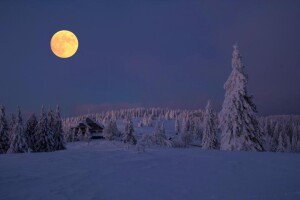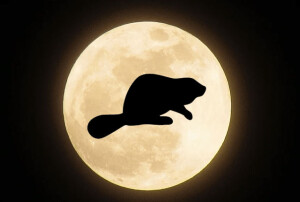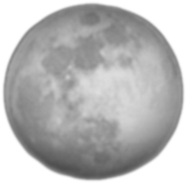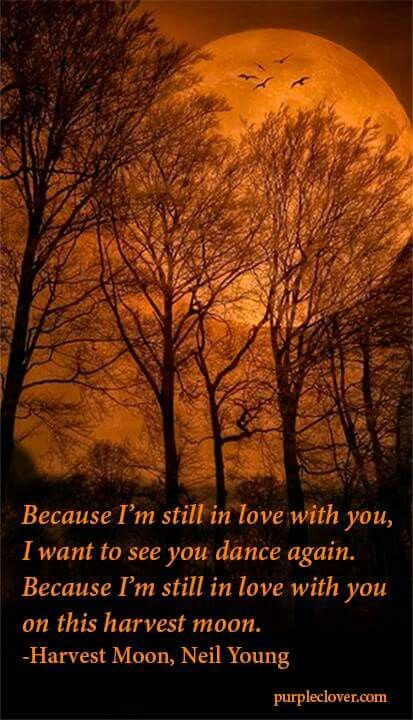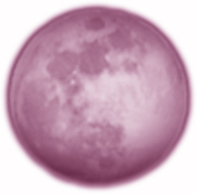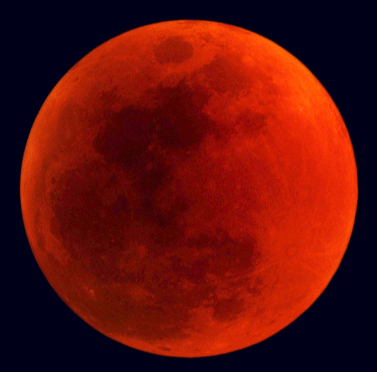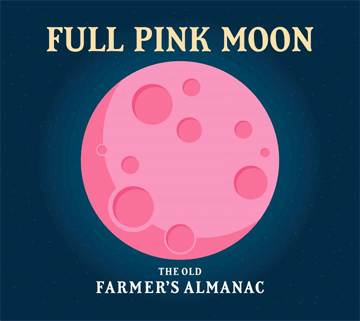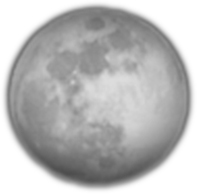
The full Worm Moon rises on Thursday and Friday night, March 17 and 18. What is a Worm Moon? Here are the real meaning and origins of March’s full Moon—and when you can see this Moon at its brightest!
March’s full Worm Moon reaches peak illumination at 3:20 A.M. EDT on Friday, March 18, 2022.
When to See the Full Moon in March 2022
The final full moon of the winter season will rise Thursday and Friday night. Specifically, March’s full Worm Moon reaches peak illumination at 3:20 A.M. EDT on Friday, March 18, 2022.
Of course, you don’t have to wait until the middle of the night! Look for the spectacularly bright Moon as it rises above the horizon on Thursday evening. If your weather is poor on Thursday night, try again! The Moon will also appear full Friday night. See when the Moon will be visible in your area.
If you have just a bit of rain on Thursday, March 17, you may even get to spot a rare phenomenon called a moonbow. A moonbow is just like a solar rainbow, but is created by moonlight (rather than sunlight) when it is refracted through water droplets in the air. Moonbows only happen when the full Moon is fairly low in the sky, so look for one in the hours after sunset when the sky is dark. Learn more about moonbows here!
This March Moon will look especially large to us when it’s near the horizon because of the “Moon illusion,” when it looks bigger when near comparative objects than it does when it’s high in the sky without any references.
Why Is It Called the Worm Moon?
The full Moon names used by The Old Farmer’s Almanac come from a number of places, including Native American, Colonial American, and European sources. Traditionally, each full Moon name was applied to the entire lunar month in which it occurred, not only to the full Moon.
*
Full Worm Moon Video
